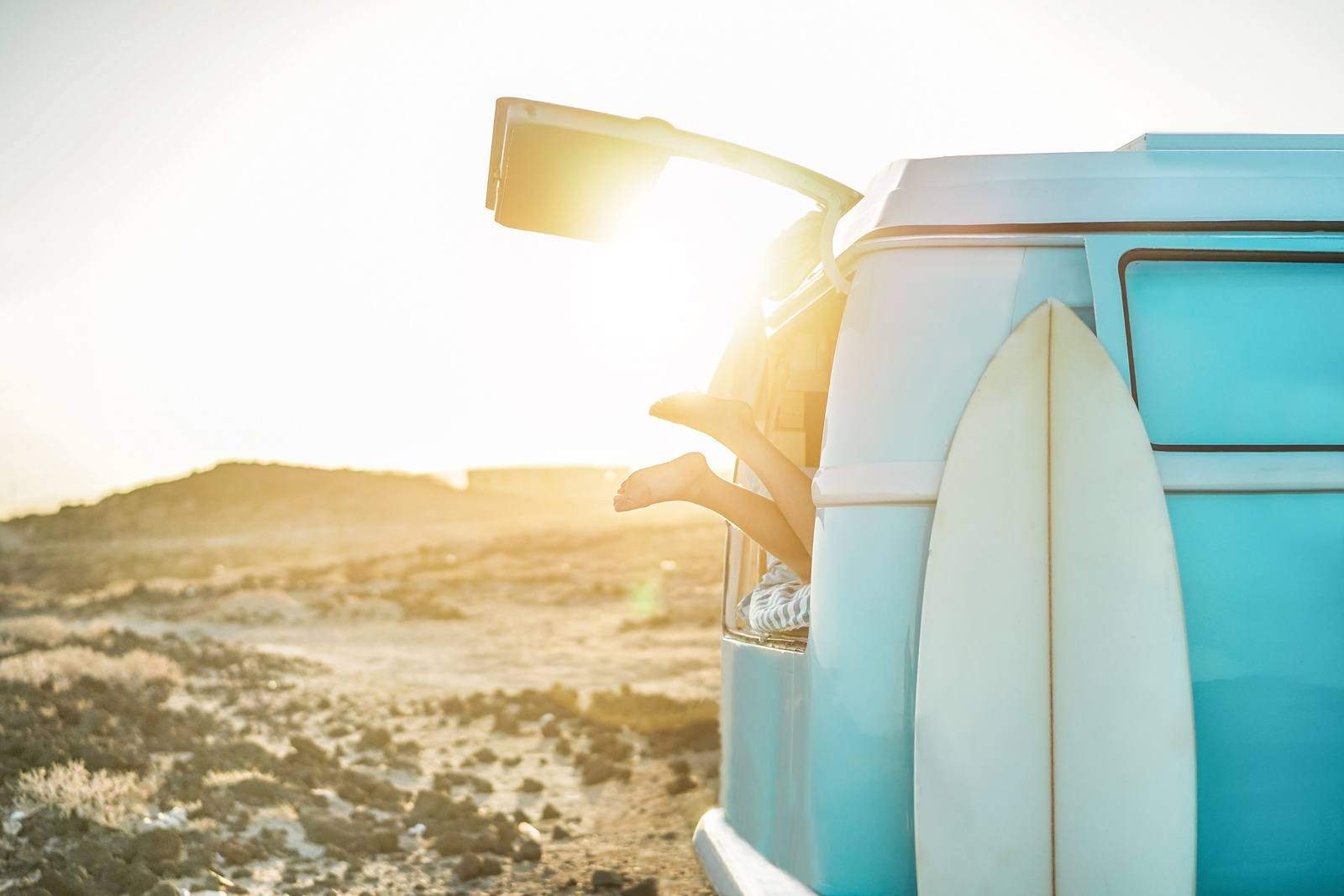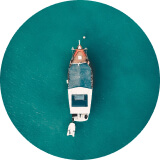The Ultimate Guide to Surfing in California
Surfing guide to California, North America
California has 3 main surf areas. There are 254 surf spots . Go explore!
Overview of surfing in California
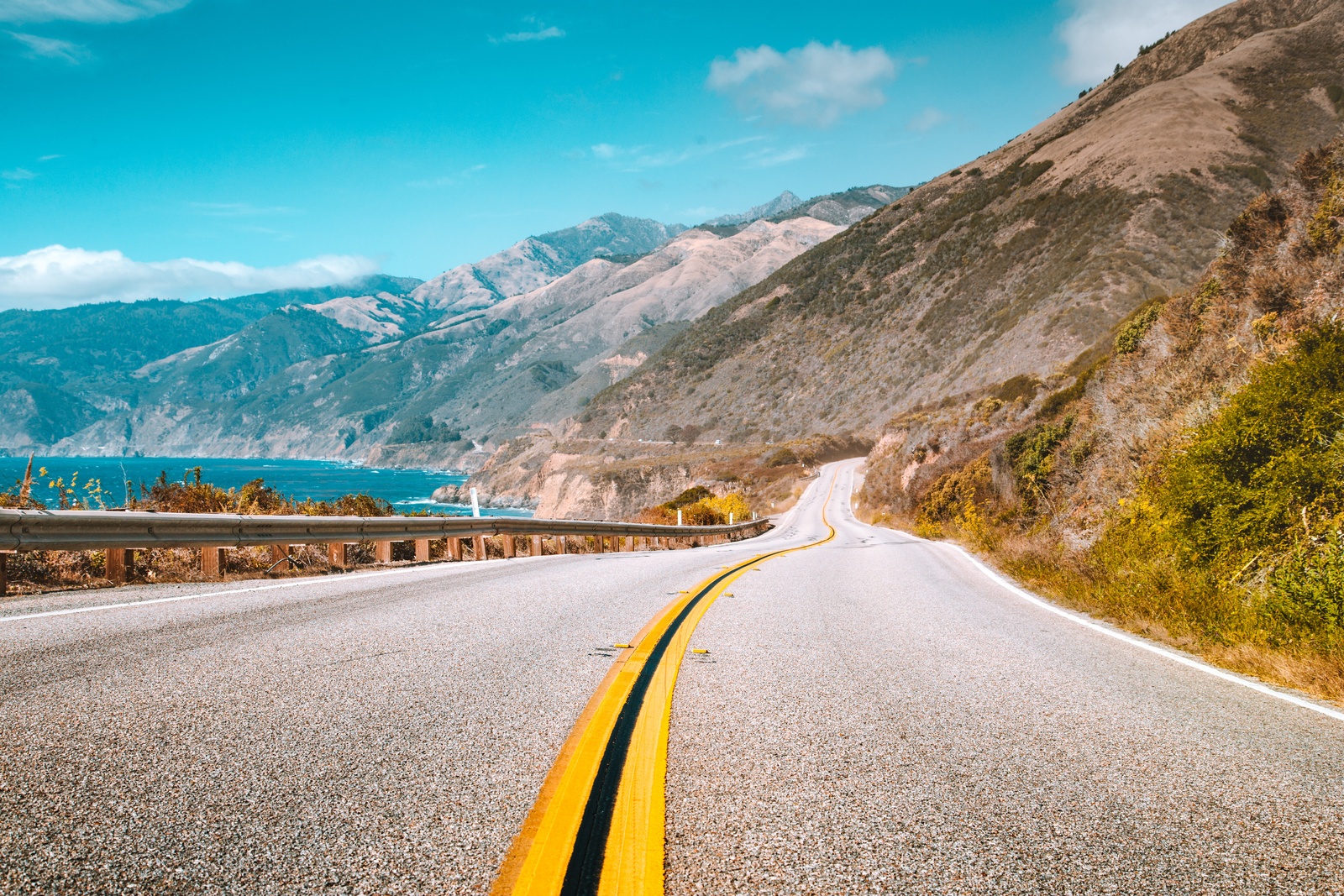
Ah California: the world-famous, Pacific Ocean bordering, and incredibly eclectic western edge of the United States of America. Here you will be greeted with postcard-perfect coastlines, consistent waves, and great weather up and down the long coast. The so-called “Golden State” offers up a massive variety of both surfing and recreational opportunities from the complex cities of Los Angeles and San Francisco to the wild and rugged national parks in Big Sur and Northern California. California is the historical home of surfing in the Continental US, a rich background in waves and icons permeates the surf culture here.
The two biggest things to understand about California are that it is huge and diverse, both geographically and culturally. It takes about 24 hours of driving to cover the 800 miles of coastline, going from the top of the state to the bottom taking the Pacific Coast Highway (which you should if you want to surf). Snowy mountains, lush evergreen forests, soaring rocky cliffs, open plains, and dry deserts are all part of this route or just a short detour inland. This range of geography is matched in culture as well: Closed off small towns wary of strangers to sprawling and friendly cities and everything in between will be found in the state. California is also known for being home to a wide range of immigrants from the world over, creating amazing pockets and mixtures of different cultures. The downside is that with all the people come crowds in the water. That being said it is generally a possibility to find a sparsely populated peak or at least a mellow lineup on most days.
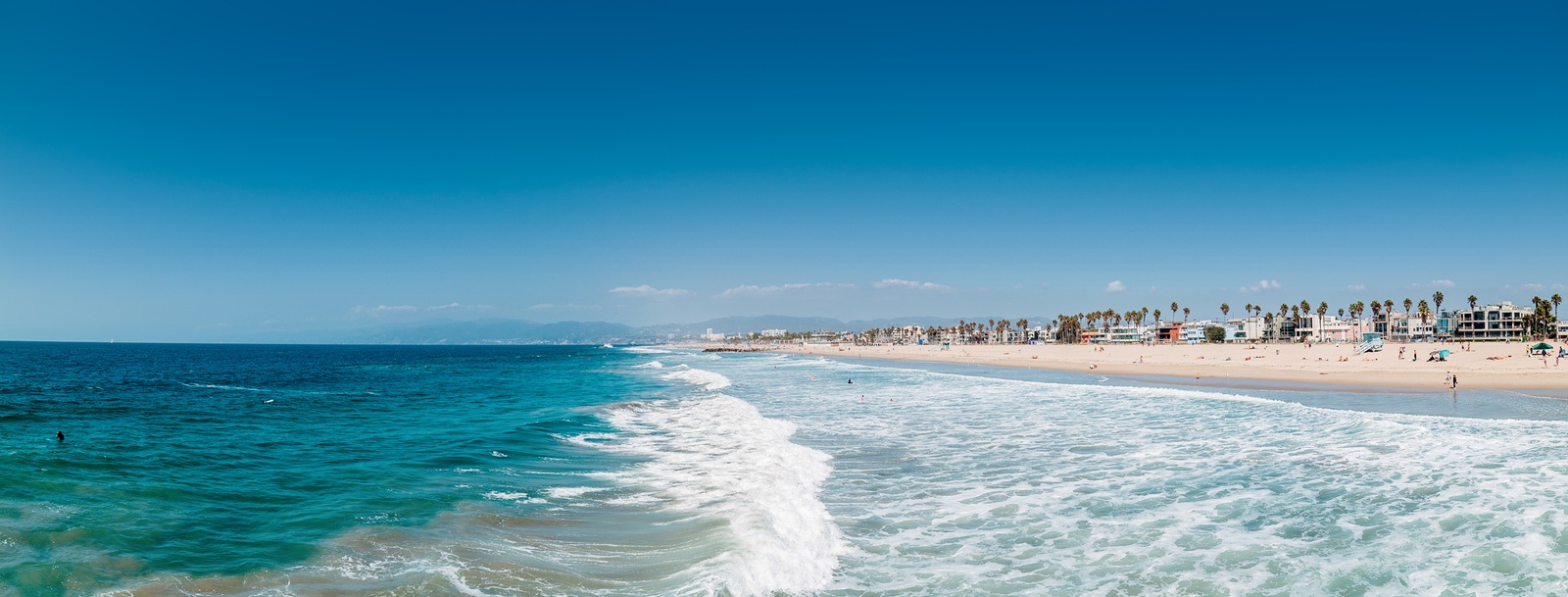
This guide to surfing California should serve as a brief but comprehensive overview of surfing and travelling in this state: Everything you need to plan your next surf adventure.
Regions in California
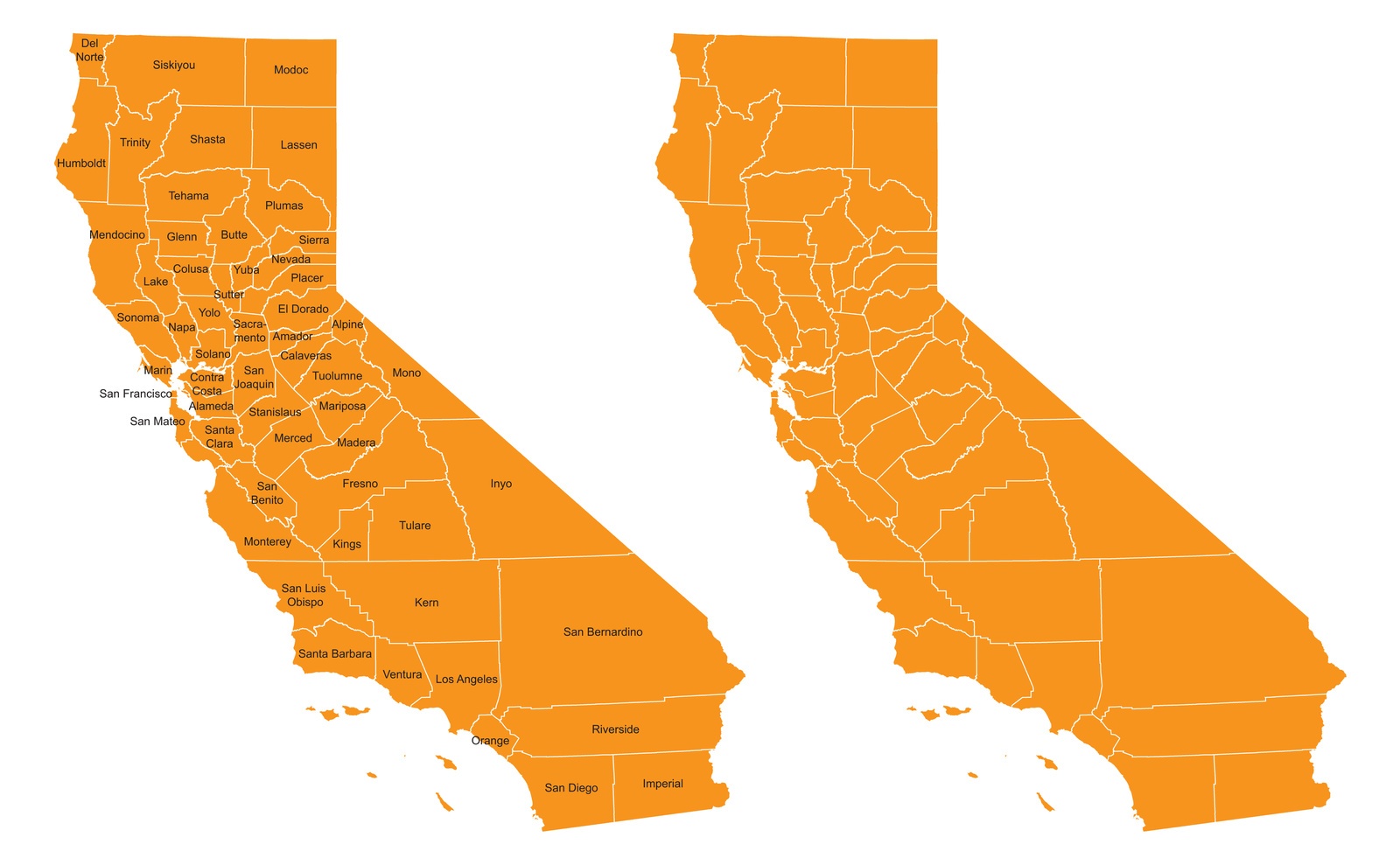
Regions and their divisions in California can be a little bit of a testy subject for many a local. This author will be using the most widely agreed upon boundaries with the small risk of offending a few. Don’t worry, my categorization won’t stop your ability to align yourself with whatever region you see fit.
There are three regions: Northern, Central, and Southern. For our purposes, Northern California will refer to San Francisco and up. Central California will be from Just south of SF to the southern edge of San Luis Obispo County. Southern California will refer to Santa Barbara County to the Mexican border.
Southern California
Southern California is what most people think of when they think of California. Sunny beaches, crowded boardwalks, and palm trees everywhere. This is actually pretty accurate when used to describe this part of the state. Most of the US surf industry resides here, and it is home to huge urban centres such as LA and San Diego. Be ready for some bad traffic while here. The counties this encompasses are from north to south: Santa Barbara County, Ventura County, Los Angeles County, Orange County, and San Diego County.
Central California
Central California is where the crowds begin to thin, population centres get spread out, and the water gets a bit cooler. Dramatic coastlines, small beach towns, and a mix of accessible and remote waves will be the norm through this area. Big Sur is the quintessential car commercial coastline, enjoy the amazing views, weather, and waves. Counties counted here from north to south are San Mateo County, Santa Cruz County, Monterey County, and San Luis Obispo County.
Northern California
Northern California is by far the most rugged and remote region in California. Most of this area is considered quite rural, with the only major city being the southern border: San Francisco. Giant redwood forests, gloomy and moody weather patterns, dangerous marine wildlife, and empty heavy lineups are what you can expect coming up here. The counties on this stretch of coast are from north to south: Del Norte County, Humboldt County, Mendocino County, Sonoma County, Marin County, and San Francisco County.
Surfing California: Surf Tips
As mentioned above California is a very diverse area, which extends to the waves and breaks found in each area. When planning a surf trip here it is important to decide in advance what you want to do and where you want to go. For example, are you more comfortable camping and exploring as well as an experienced surfer? Northern California is your jam. If you are a little less confident in your abilities, or just prefer a more urban trip, Southern California is the spot for you. Want a mix? Start looking at Central California.
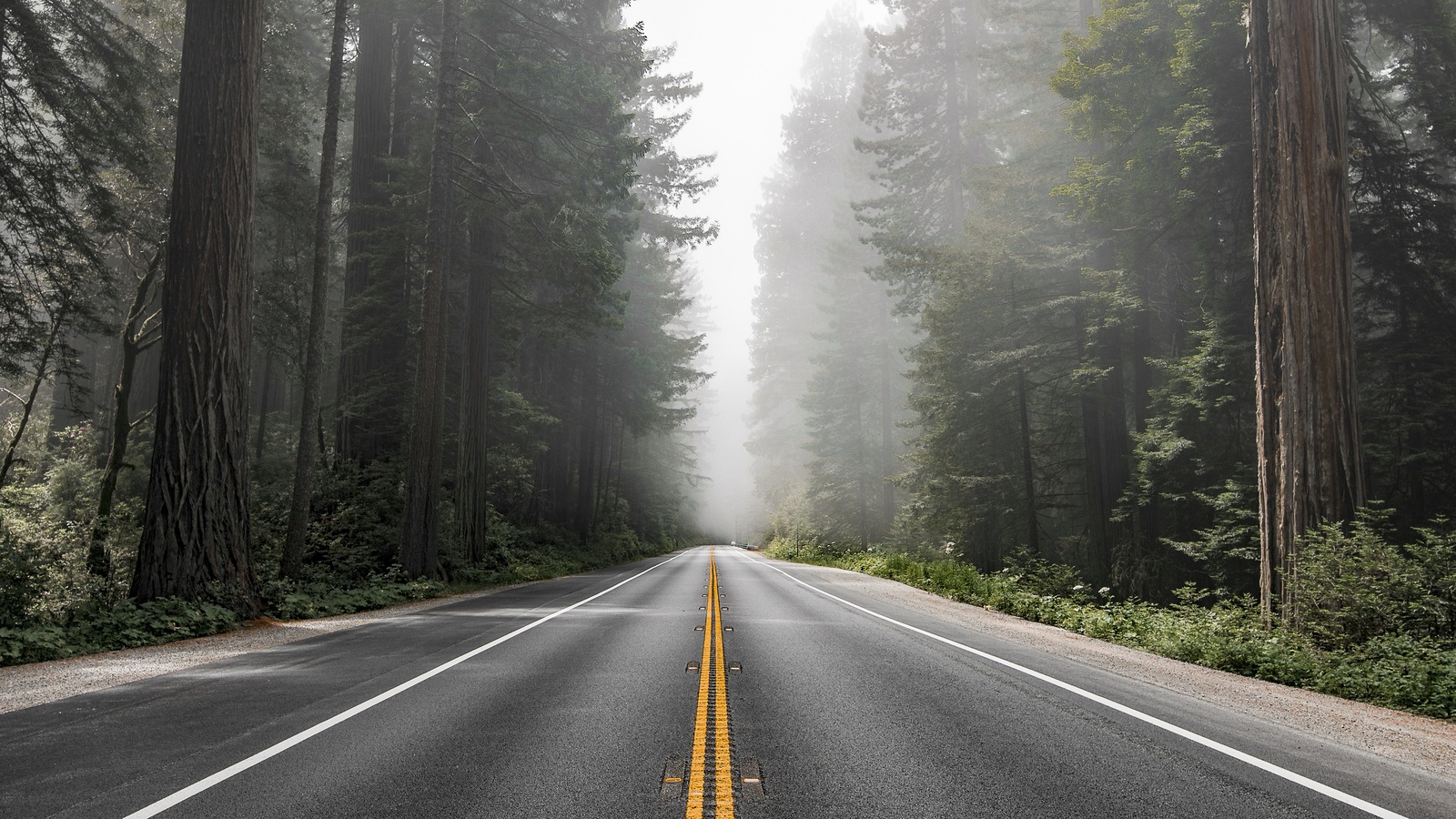
One big consideration here is time. It takes a while to move from area to area, so if you are planning on doing the whole coast, make sure you budget enough time (This author would recommend at least a month). It is possible to do it in less time of course, but it will involve a much higher driving to surfing/any other activity ratio. If you aren’t blessed with a month off, it might be best to pick an area or two that appeals to you and spend your time there getting to know the region. One popular and somewhat shorter trip is SF to LA on the Pacific Coast Highway which will give you a good overview of the state, as well as easily accessible surf spots.

Surf seasons and when to go
The best time of the year to surf in California
Surfing in Southern California
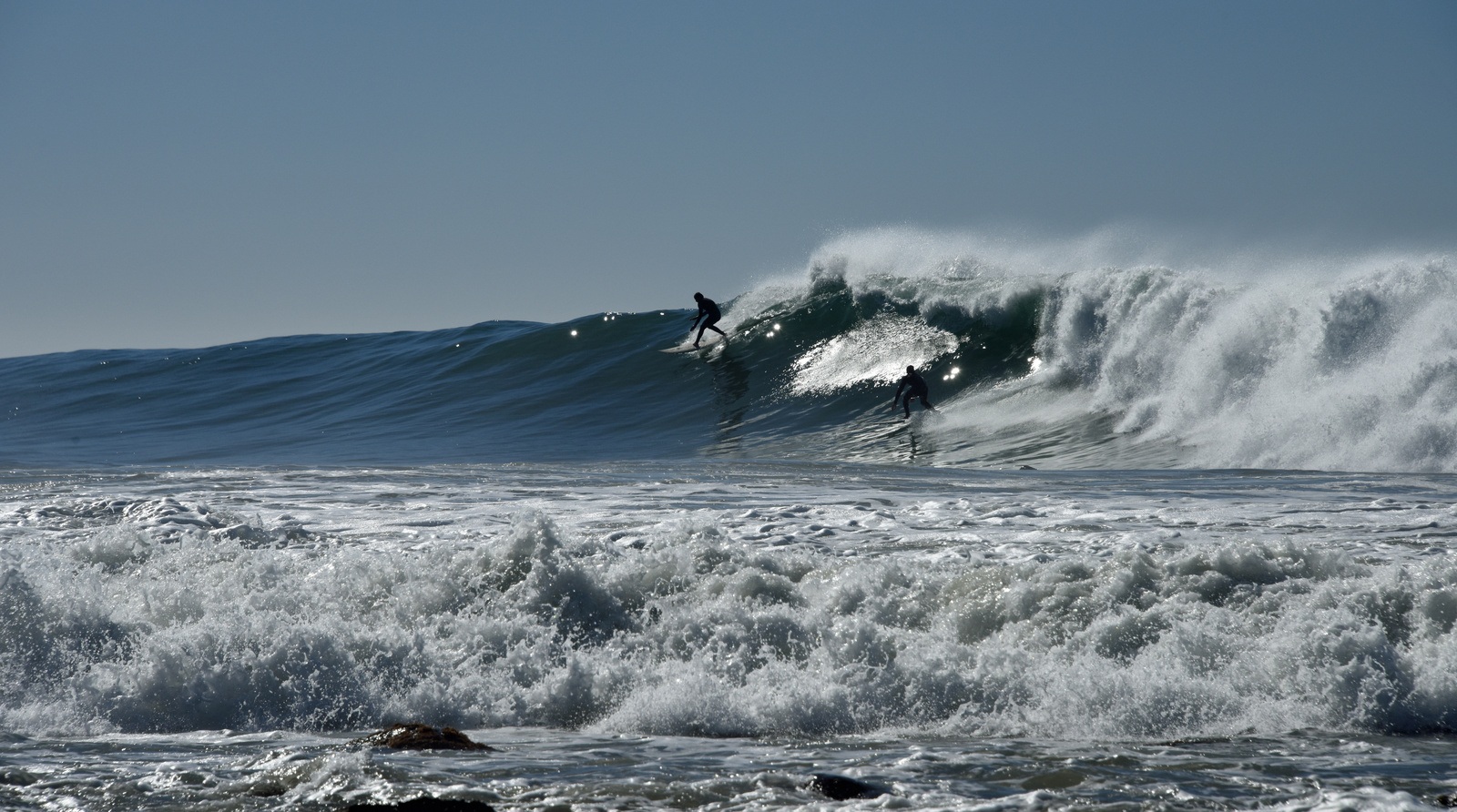
Overview
Surfing here usually means good waves, warm water, and a bunch of people. There is a big range of breaks in the area: Chill points to heavy barreling beach breaks, wedging reefs, and pier and jetties galore are all on tap.
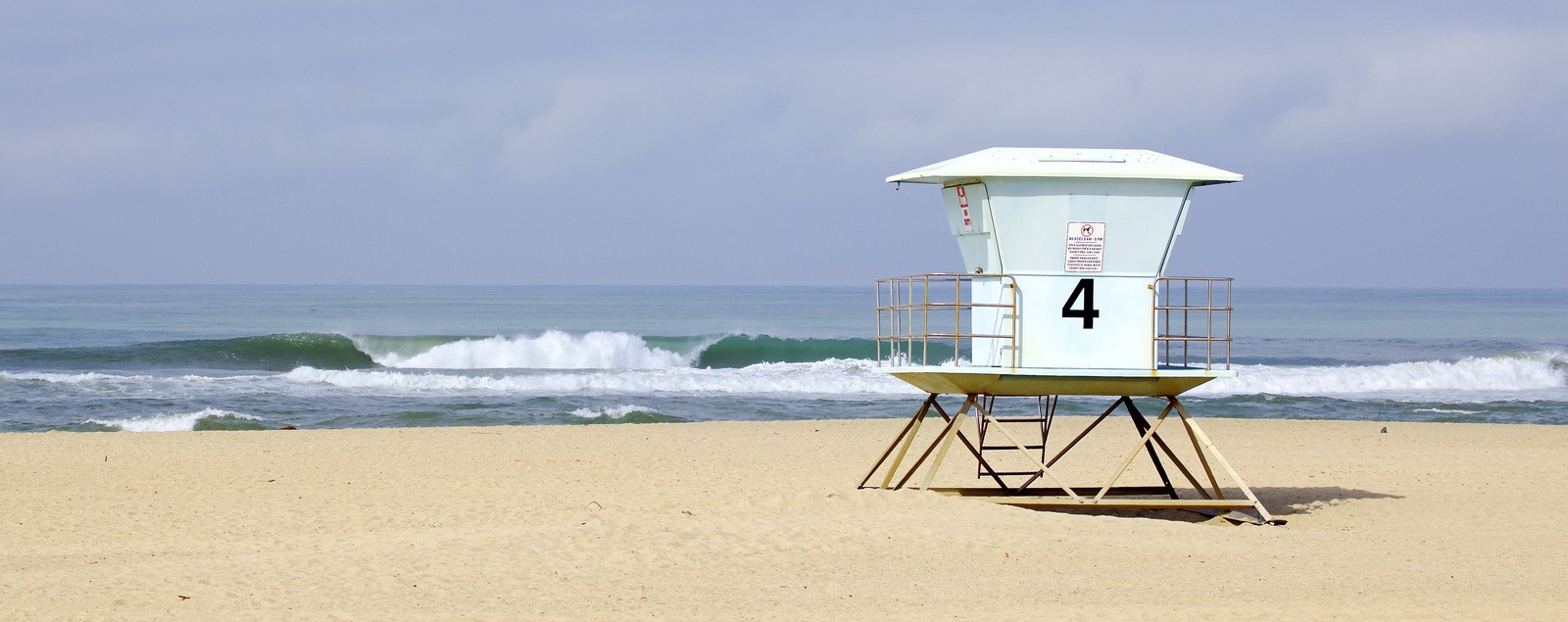
Who to Bring
Bring everyone you know. From those that have never touched a board to the professional surfer there is something for everyone here, and usually within a short drive.
When To Go For Surf
Southern California boasts one of the best climates in the world. Sunny and warm year-round as well as consistent swells for most of the year make this a surfers paradise.
Spring (March-May) is when the last of the northerly winter swells are filtering through and getting crossed up with the early south swells of summer. The main issue this time of year is the wind which tends to be onshore and often. Early morning is best for avoiding these damaging gusts.
Summer (June-August) tends to be one of the busiest as well as best times to surf here. Long-period South Pacific swells begin to hit the coastline lighting up most of the spots south of Santa Barbara. Onshore winds are a problem again, so get on it early. The main issue with summer here is that all the kids are off school, leading to massive amounts of groms and tourists in the water.
Fall (September to November) is a much better version of spring here. Late season south swells are still pretty common and the northern forerunners of winter start showing up as well. This is complemented by the wind patterns changing to predominantly offshore for a good amount of the day. On top of this, the kids are back in school!
Winter (December to February) is the time for solid northwest swells. These will light up most of the breaks in Southern California and is the most consistent time to score more serious waves in this region. Offshore winds and glassy conditions are the norm this time of year, and the water temperature doesn’t drop too much.
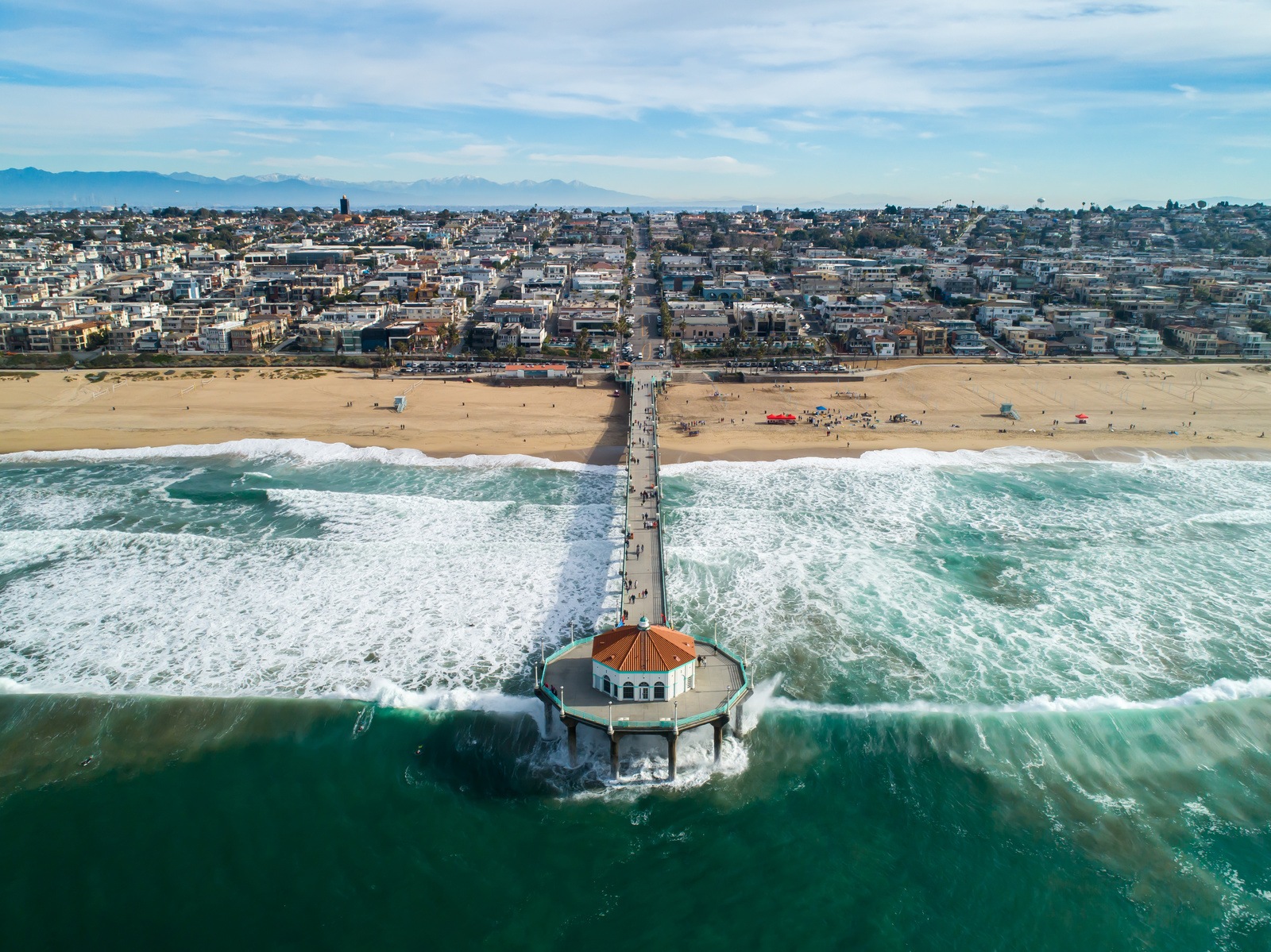
Water Temperatures
Water temperatures range from just a little cool to nippy. Generally you are looking at a 2 mil or 3/2 for the spring fall and summer. Recently boardshort or bikini days have become more common, especially south past Ventura County. In winters a 4/3 will be more than toasty and keep you out for as long as you want, but a 3/2 will also do depending on personal burliness.
Lineup Lowdown
Southern California spots will almost always have a crowd. Surfing is one of the most popular sports in the region, so expect to be sharing the lineup. At more advanced or more localized breaks the local crew will not be the most accepting of beginners or outsiders, but will keep it civil. At other breaks it is an accepted fact that the lineup will be shared with anyone and everyone, so have fun!
Access
Fear not! This is one of the best parts of surfing in Southern California. Get a car or van and you will be able to access basically every surf spot on the coast if you’re willing to walk about 15 minutes to the more remote ones. Surf is often easy to check from the highway and there is generally decent parking available.
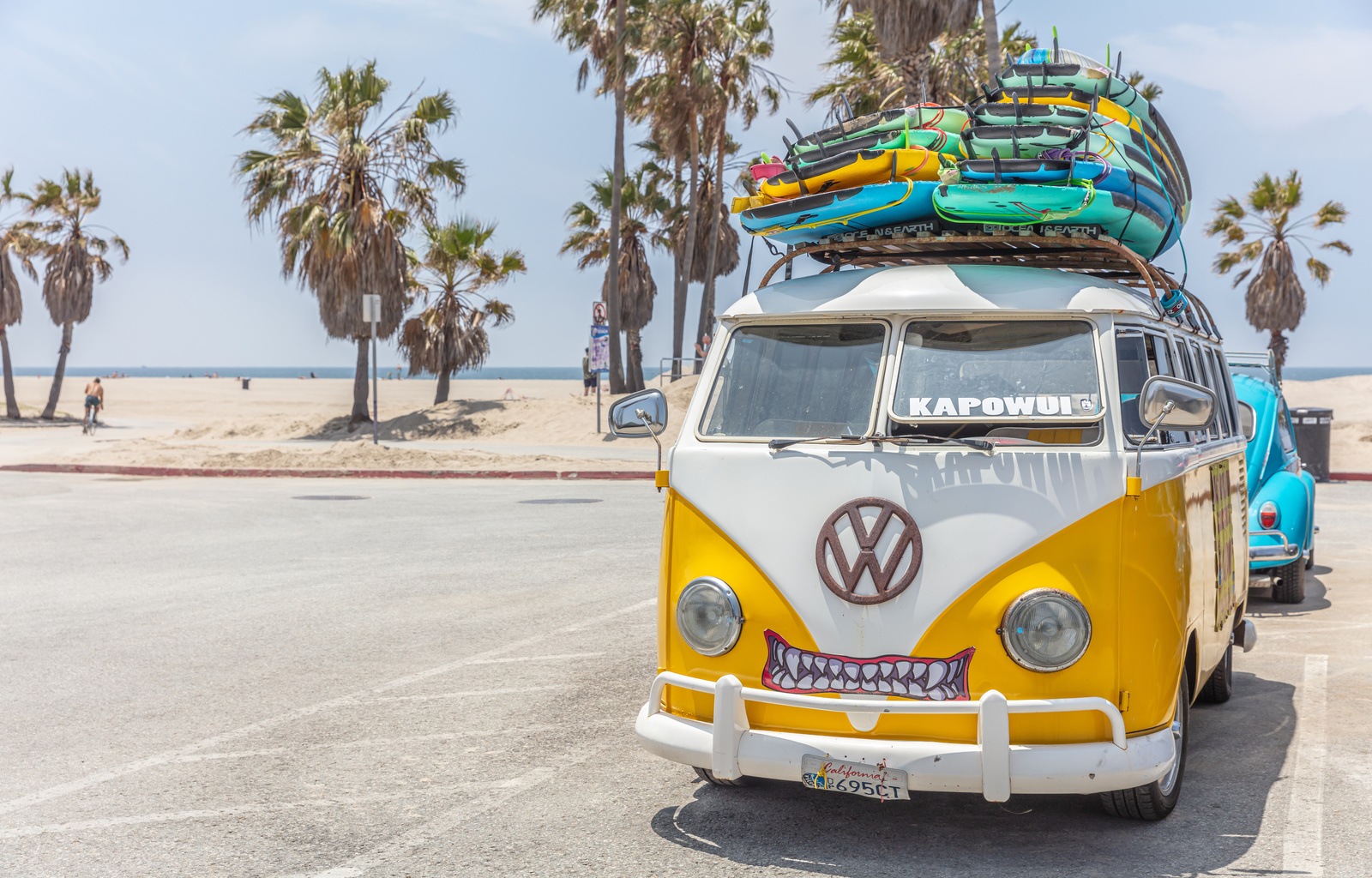
Must Surf Spots
1. Blacks Beach (San Diego): Found in San Diego, this is the spot to go for heavy, barreling beachbreak. An underwater canyon amplifies the swell, focusing it onto a few distinct sandbars. Peaky, throaty, A frame barrels are on offer here in the winter months when those big northwest swells start to hammer the coastline. Have a step up and a penchant for paddling? This is the spot for you.
2. Trestles (Orange/San Diego Counties): Right on the border of Orange and San Diego Counties, Trestles owes its name to the train tracks that run in front of the break. This wave is known for its skate park like quality and consistency, breaking over a perfectly aligned cobblestone bottom. Many pros and high performance rippers call Trestles home, so watch out for the ultra competitive and omnipresent crowds. Works year round on south and north swells.
3. Malibu (Los Angeles): In Los Angeles County, north of the city, the most famous surf break in California churns out perfect, endless right-handers. Malibu defined surf culture in California for decades until the shortboard revolution really took over. Come here with a longboard, fish, or something a little chunky and you will have a good time. Bigger days see some more rippable conditions. Best in south swells.
4. Rincon (Santa Barbara): Santa Barbara, known for its winding pointbreaks, is home to the Queen of the Coast: Rincon. This is a high performance, perfect right point offering up both wackable lips, open faces, and occasional barrel sections. California surfing owes much to Rincon, as it is the testing ground for Channel Islands. Surfers such as Tom Curren, Bobby Martinez, the Coffin brothers, and many more have sharpened their skills on this wave. Works best on big northwest swells in the winter.
Places You Can’t-Miss
1. Los Angeles and San Diego: Yes, two very different cities, I get it, but you should go see both. LA is massive, sprawling, with seemingly infinite possibilities. San Diego is more laid back, with plenty of craft breweries and college kids. If you want an urban fix, head to either of these spots.
2. Disneyland: Have kids with you? Feel like belting out a Frozen anthem? Just love that Walt Disney vibe? This is the spot for you, enough said.

3. National Parks: There are plenty here, mostly an hour or two drive inland. All are gorgeous and offer up different styles. Deserts, rolling hills, and even snowy mountains are all a short drive away.
Surfing in Central California
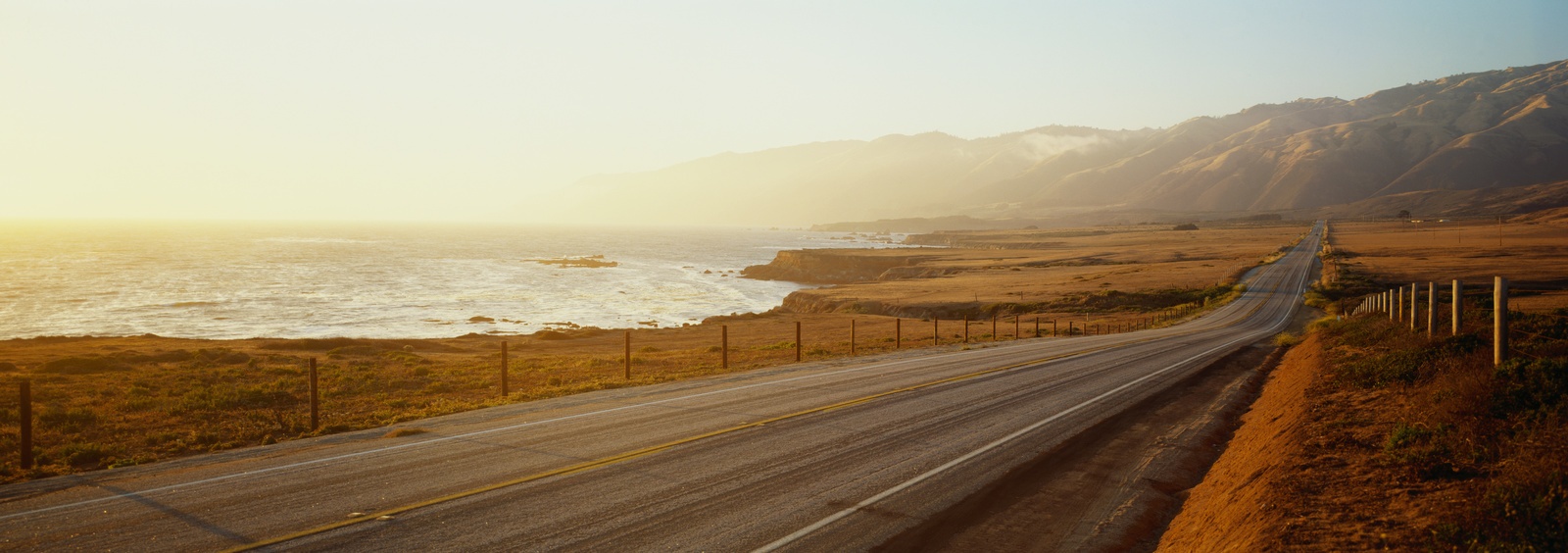
Overview
Once you hit Central California the cities start to melt away. The coastline become much wilder but still remains quite accessible. You’ll get mostly reef breaks or beach breaks here unless you are near Santa Cruz, in which case it’ll be right pointbreaks. Big Sur is a highlight, a long stretch of mostly undeveloped, protected land and some quality spots that will remain unnamed.
Who to Bring
Don’t bring a complete beginner here. There are a few spots that will work for learning/progressing, but most quality spots are not suitable for first-timers. It can get heavy out here, and if you are in the Santa Cruz area you’ll really have to know how to handle a lineup in order to get a wave. If crowds aren’t an issue, still make sure to show respect to locals.
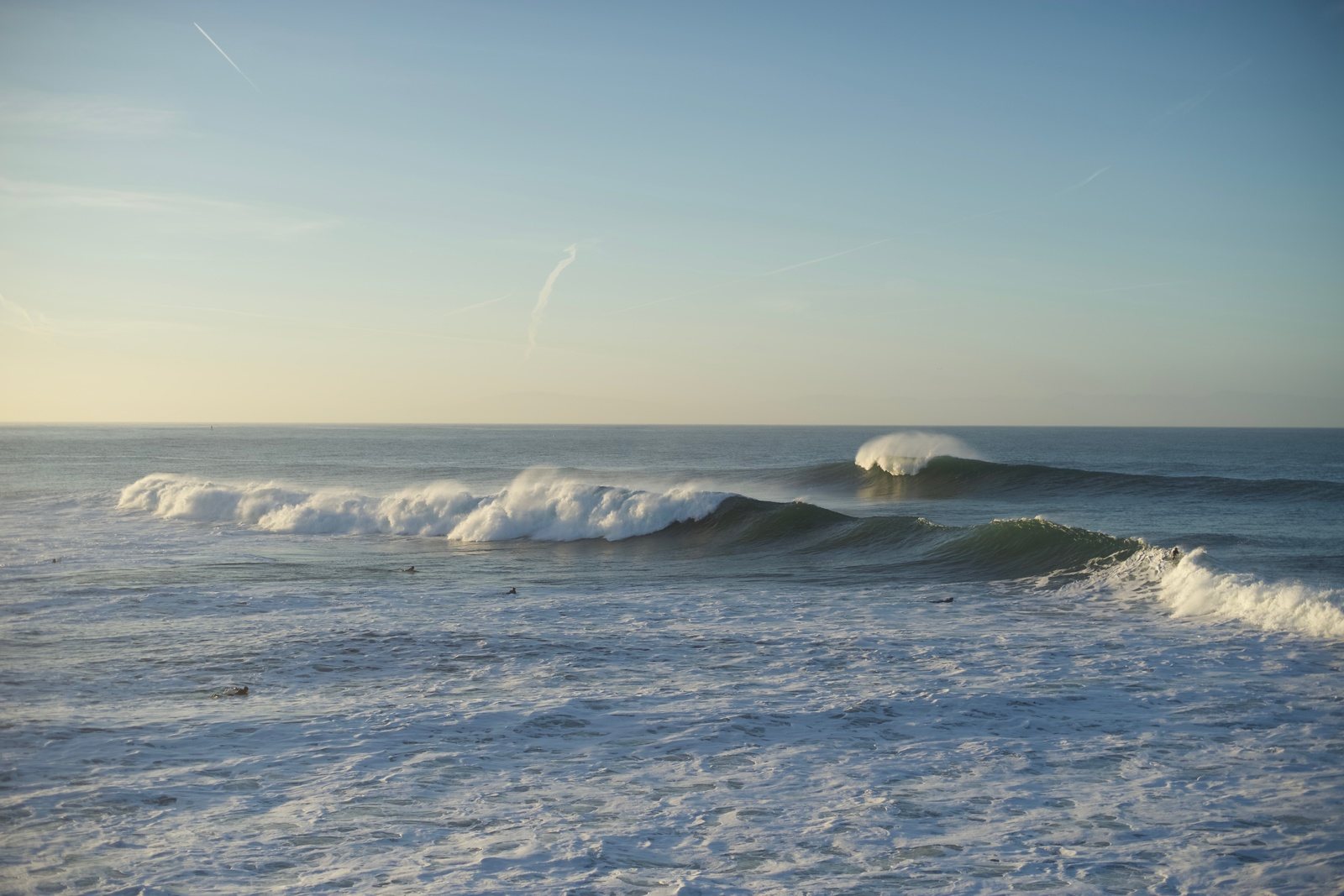
When To Go For Surf
Central California has a pretty mild climate, little temperature swings throughout the days but nothing major. It is generally cooler than Southern California with a more present marine layer.
Spring (March to May) is the worst time to surf in this area. There are still some leftover north swells as well as early summer south swells, but the real issue is the winds. Usually bad and for most of the day, your best bet is to get out before the sun.
Summer (June to August) is definitely better than spring but leaves some room for improvement. South swells get more apparent this time of year, but most of these spots like a juicy northwester. Winds are still a problem, but the consistency of south swells makes things pretty surfable most of the time.
Fall (September to November) is the official beginning of the good surf season here. Winter swells begin to filter down lighting up most if not all of the breaks here. The weather turns, which makes for predominantly offshore winds and glassy mornings but the water isn’t too cold yet. Plus the kids are back to school.
Annual Surf Conditions for Central California
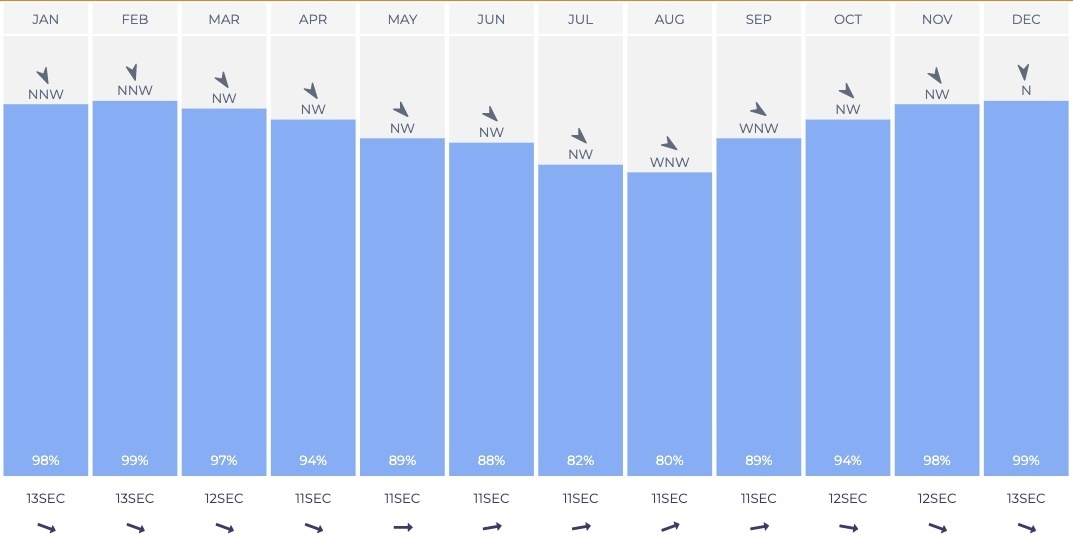
Winter (December to February) is when things start to get heavy out here. The swells definitely pick up, the weather gets colder, and the crowds start to thin. Winds are quite good this time of year, glassier than the fall usually. Consistent and heavy swells are the norm.
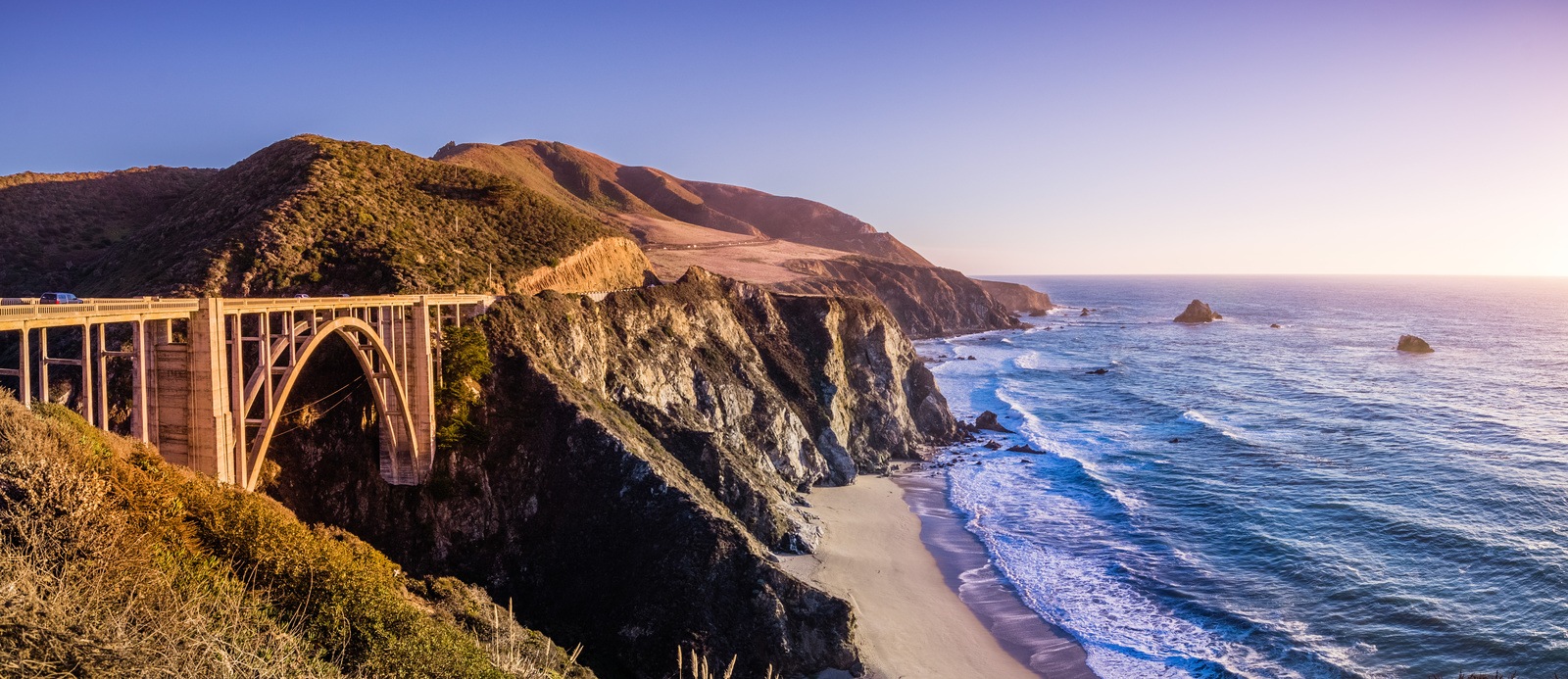
Water Temperatures
The water temp here ranges from cold to colder. You can survive with a 3/2 in the summer here and in winter a good 4/3 will work. Some opt for boots and hoods and some go for a full 5/4 with hood and boots. Depends on the surfer, but when in doubt pack the thicker option.
Air and sea temperatures for Central California
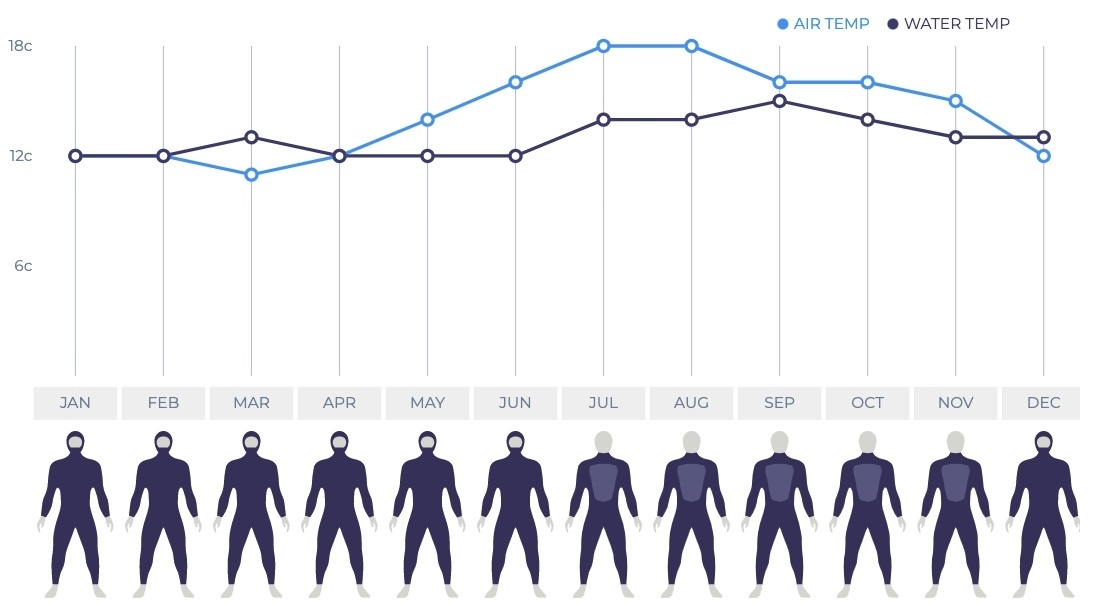
Lineup Lowdown
Central California has a good mix of lineups, from open to all and very friendly, to closed off and a little hostile. Beginner breaks, especially those in the Santa Cruz and Monterey areas are open and friendly. More high performance but popular lineups will have a hostile vibe, although there are few reports of violence. You’ll probably just get dropped in on and yelled at. However, those spots that are not easy to find and only have a few on it, are the ones where you really have to be on your best behaviour. Be respectful and friendly, you will be fine.
Access
Again, the king of California, a car or something with wheels. Spots can be spread out here, especially outside of Santa Cruz, so having your own vehicle is a must. Many spots are right off the highway, although there are some that require a little more exploring.
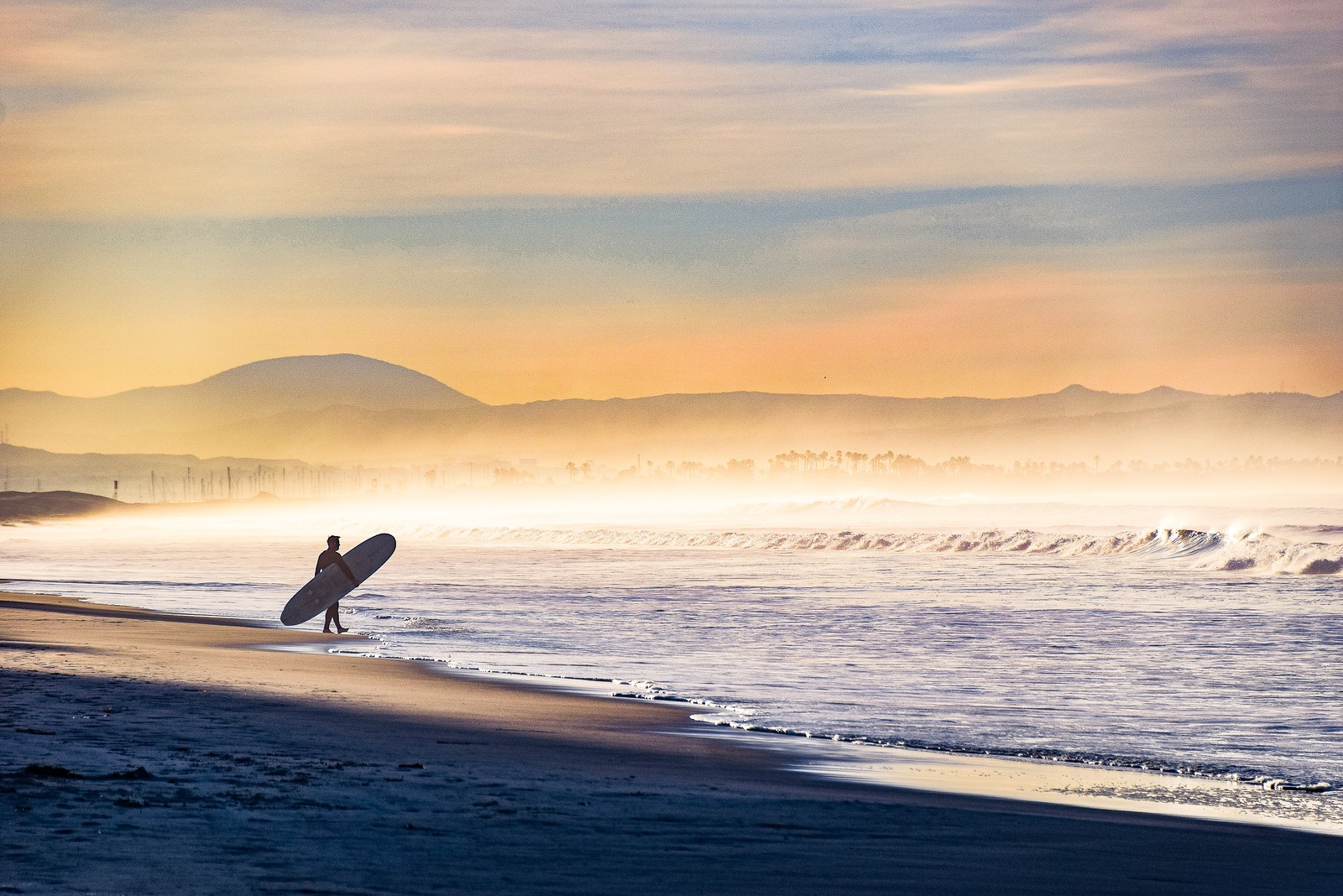
Must Surf Spots
Big Sur (Monterey): This isn’t really one spot, but a long stretch of beautiful coast. There are many spots here, ranging from open beach breaks to secret reefs and points. Take your time driving up or down, study a map for some potential nooks and crannies, and hope that you find a hidden gem. It will definitely be worth it.
Moss Landing(Monterey): One of the lesser-known high-quality breaks on the coast. This spot is found in between Santa Cruz and Monterey and breaks right next to the emptying of a slough into the sea. Heavy, barreling and cold beach break is the go-to here. Think of Ocean Beach in San Francisco. Super long paddle outs, long hold-downs, and some good pits wait for those brave enough to attempt. Locals here are not welcoming, be respectful.
Steamer Lane (Santa Cruz): Steamer Lane is probably the highest quality break on this stretch of coast. Right in the middle of the city of Santa Cruz, this is where Jack O’Neill invented the wetsuit and has been the epicentre of Central California surfing for decades. The break itself has three peaks and is found right off some cliffs offering up some great performance sections when smaller and some meatier monsters when the big winter swells roll through. Good luck getting one off the competitive crowd.
Mavericks (San Mateo): This is the premier big wave surf spot in North America. Massive swells roar into the reef, lifting and throwing thick lips back into the sea. The waves here get to be about 60 feet, but as of late it has become a pretty solid paddle spot only. This spot is dangerous, even by big wave standards. Bring a thick wetsuit, a gun, and a lack of fear. Fun to watch, even if you don’t surf.
Places You Can’t-Miss
1. Santa Cruz/Monterey: These two smaller cities are pretty chill and have small-town vibes along with some decent nightlife. Santa Cruz is a big college town and is downright proud of its eclectic reputation, don’t miss out on the boardwalk either. Monterey is a little less nightlife oriented but offers up some great seafood and history. City lovers come here.
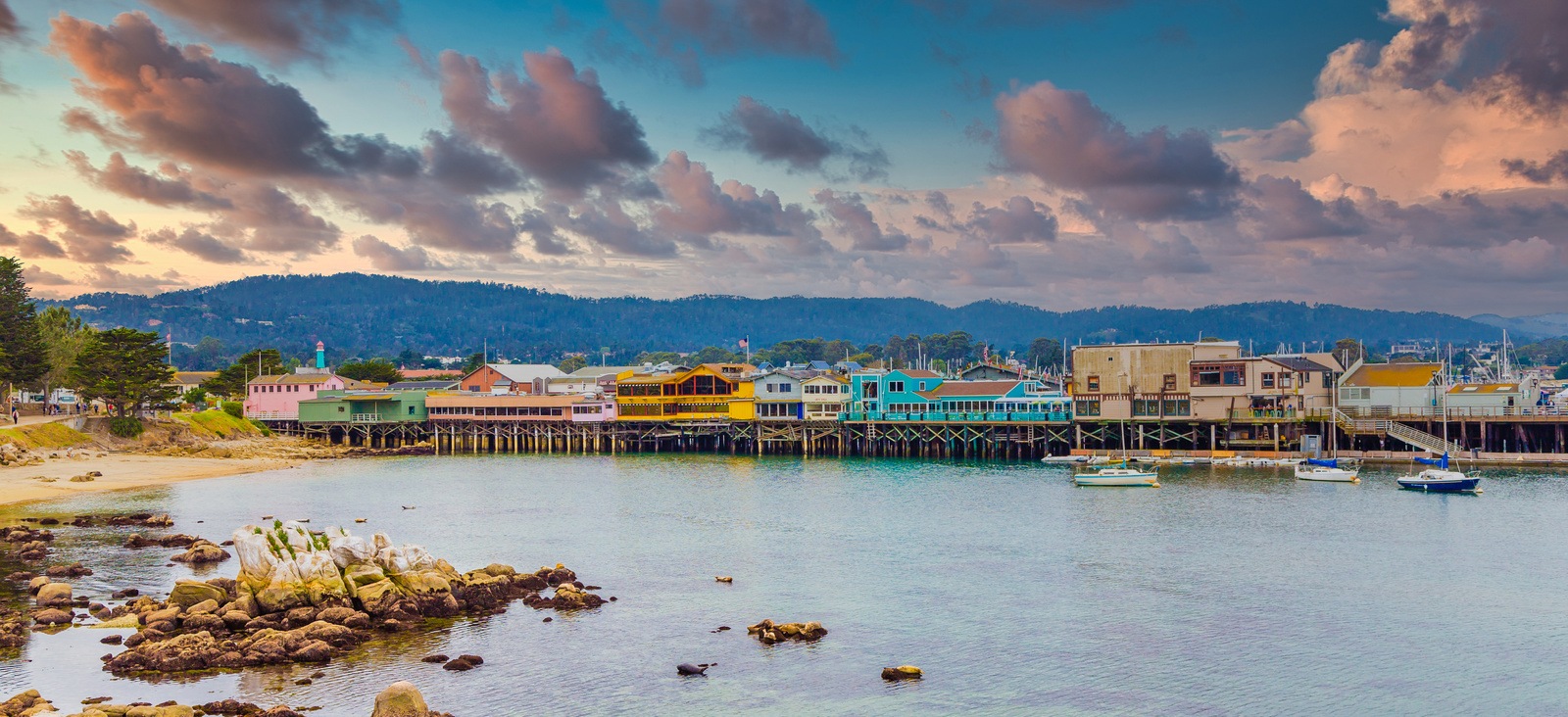
2. Monterey Bay Aquarium: This is one of the most famous aquariums in the world, and for good reason. Built right on the bay, a plethora of sea life awaits. This is one of the only facilities in the world that has sea otters, it’s worth the price of admission just to see them, but there is plenty more.
3. National Parks: There are many in the area. All through Big Sur there are amazing hikes and camping opportunities in the mountains. A little inland there is Pinnacles National Park which has some amazing rock formations. Make sure you get a chance to walk in the giant coast redwoods just north of Santa Cruz, it is magical.
Surfing in Northern California
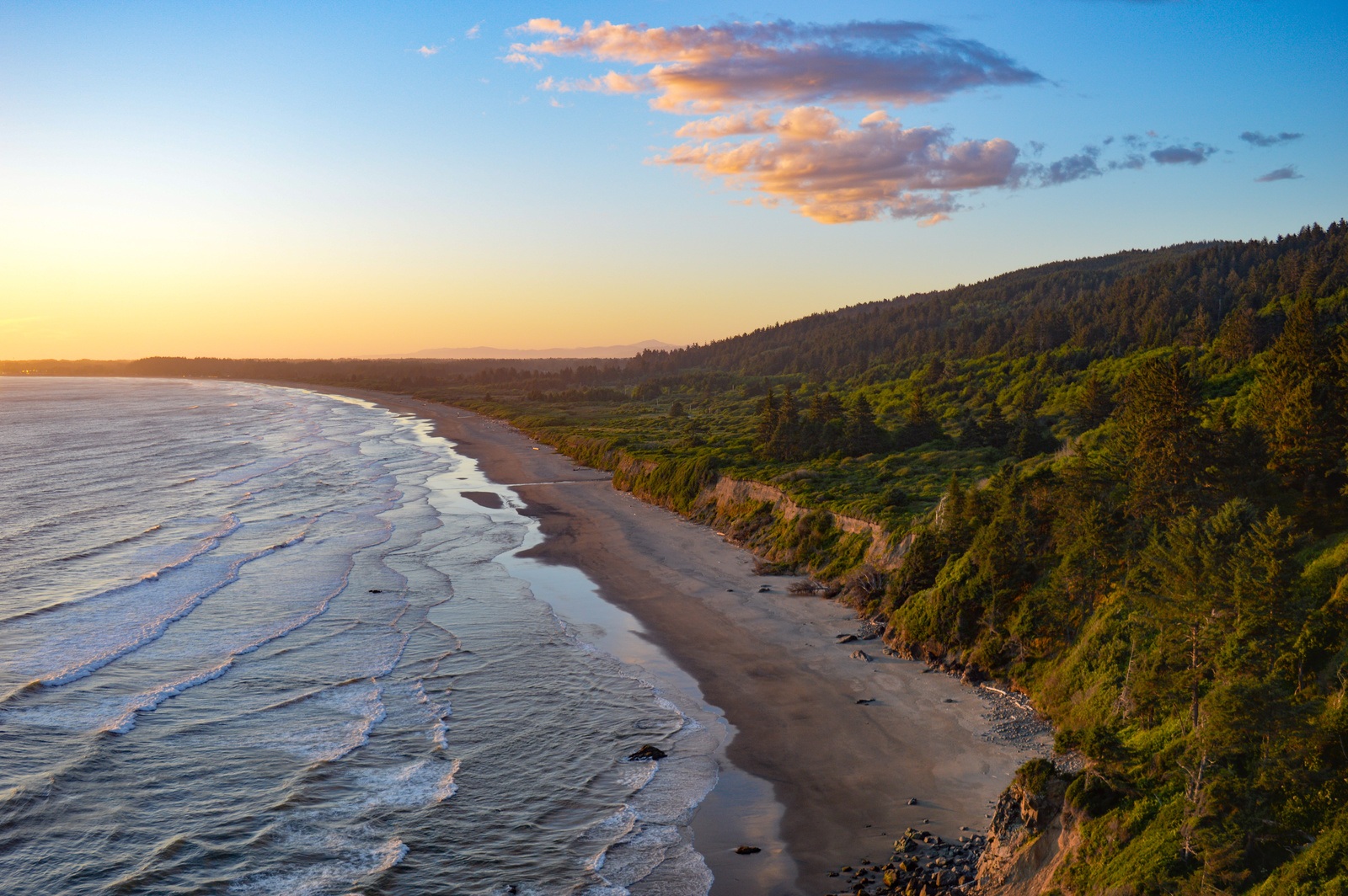
Overview
Northern California is the remote, distant, and vast section of the California Coast. The coastline here is rugged and oftentimes barely touched. The waves here are almost all very heavy, ranging from thundering beach breaks, foggy reefs, and isolated points.
Who To Bring
Don’t bring anyone that cannot handle themselves in strong surf, cold water, or that is a bit nervous about big sea predators. A surf trip here will usually involve all of the above and you’ll be farther from help than in Central or Southern California. Intermediates and advanced surfers that want some adventure, this is the coast for you.
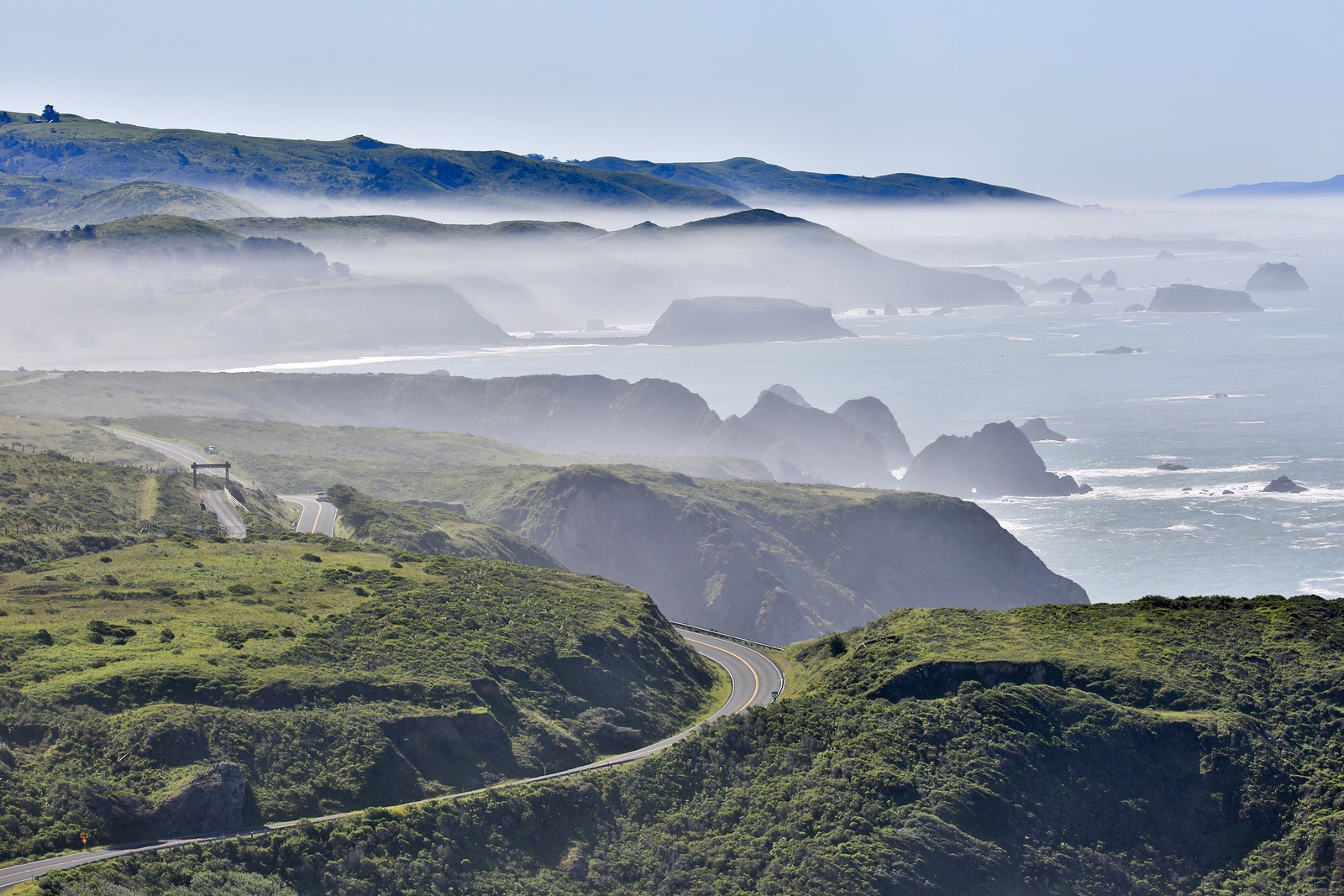
When To Go For Surf
Spring (March-May) is similar to the rest of California here. You get some leftover northwest and west swells from the winter and some early forerunners from the south. Winds are the real issue here, predominantly onshore and they come on pretty early. Come out before dawn!
Summer (June-August) is the time to surf here for our less experienced surfers. South swells have lost a lot of size by the time they snake up here and can deliver some cleaner, smaller surf to the beach breaks (there are some reefs that amp these swells up a bit). Winds can be an issue, but are usually predictable and come around the afternoon. Morning sessions are still generally the move.
Fall (September-November) is the season that most surfers here look forward to. The winds are generally offshore and the water is still warm (relatively) from summer. Bigger swells are also starting to crash into the coast from the northwest and west, making for consistent, quality surf.
Annual Surf Conditions for North California
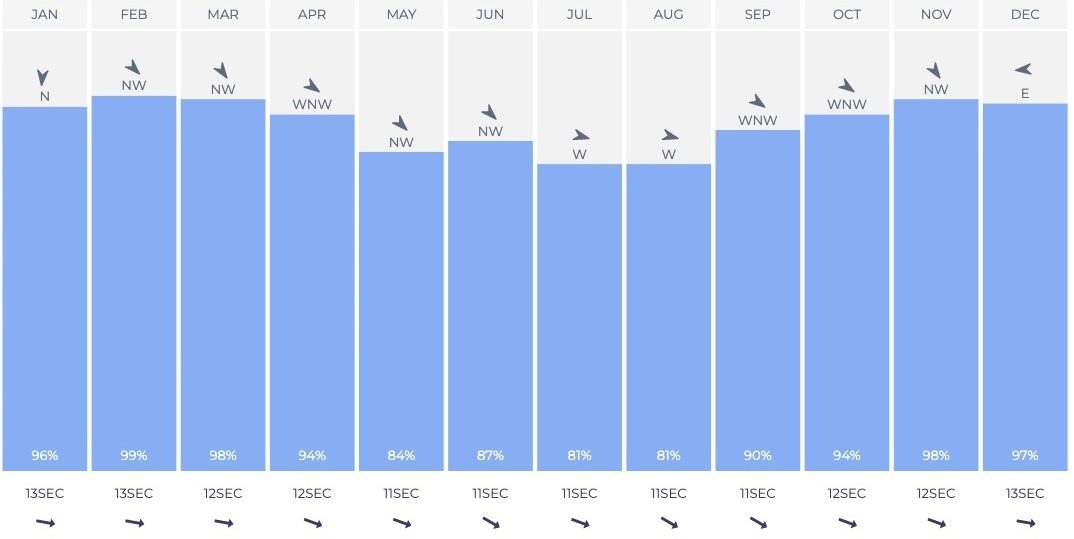
December (December-February) is when the seriousness of the coast really picks up. Swells get bigger, and the coast really starts to light up. Many spots get maxed out this time of year, and it’s better to find a sheltered spot to cut the size. Winds are usually glassy in the morning and tend to be offshore when they blow. Cold, big, dangerous, and at times flawless.
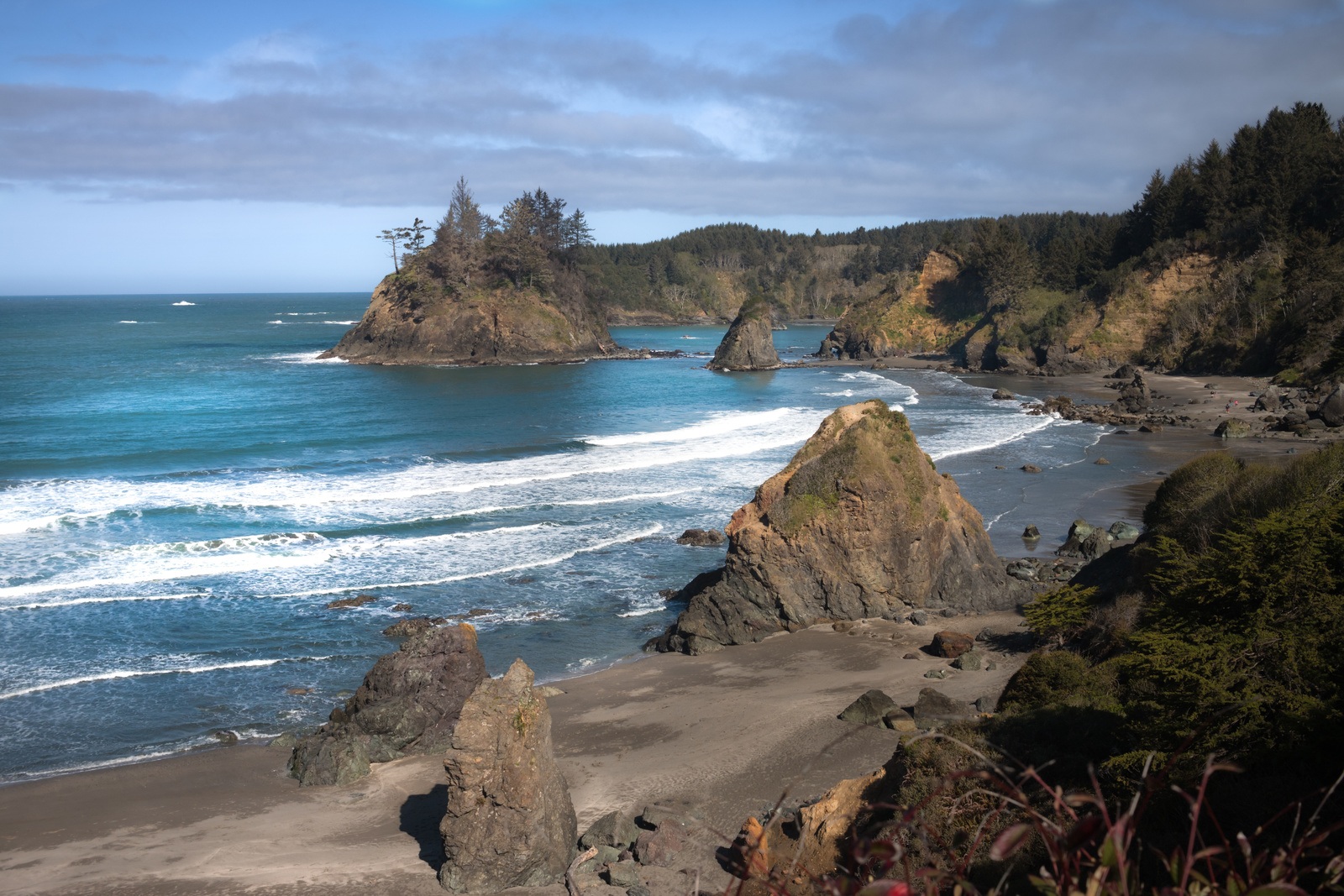
Water Temperatures
It gets cold! A 4/3 with booties is generally the move for summer, although some days a 4/3 with no booties will work. Wintertime will necessitate a 5/4 with hood and booties, especially when you’re north of Sonoma County. The winds are usually what limit water time, keep paddling to stay warm!
Air and sea temperatures for North California
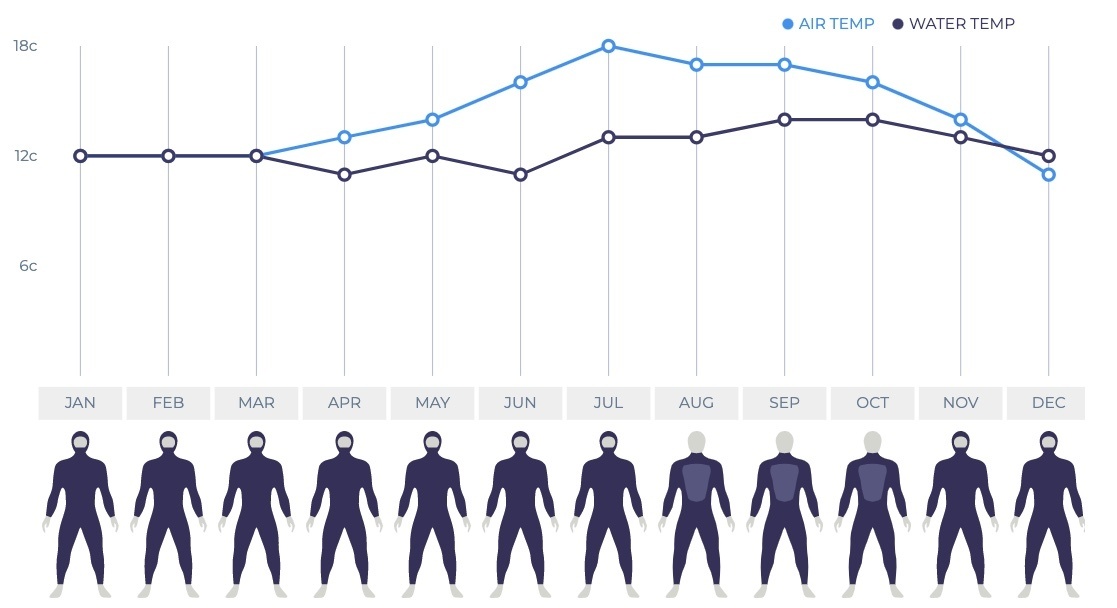
Lineup Lowdown
Northern California has a bit of a reputation for localism. San Francisco and Marin counties are pretty chill, generally the locals let the breaks do the regulating. Further north, however, the ice gets a little thinner. If you are not from an area, and are at a spot not right in a town (or even one that is depending on where) make sure you are on your very best behavior. There have been isolated reports of violence and car vandalism towards outsiders, tread cautiously. But really it has calmed down recently, be overly nice, friendly, and generous with waves and you shouldn’t get any heat.
Access
Grab a good car hopefully with 4 wheel drive if you are heading to the northern counties. This will get you to a lot of spots, although there are many right off the road. There are also a bunch more spots that are off the beaten track, necessitating off road driving or difficult treks. Know your limits when scoping an area, but good map study will reveal some potential setups.
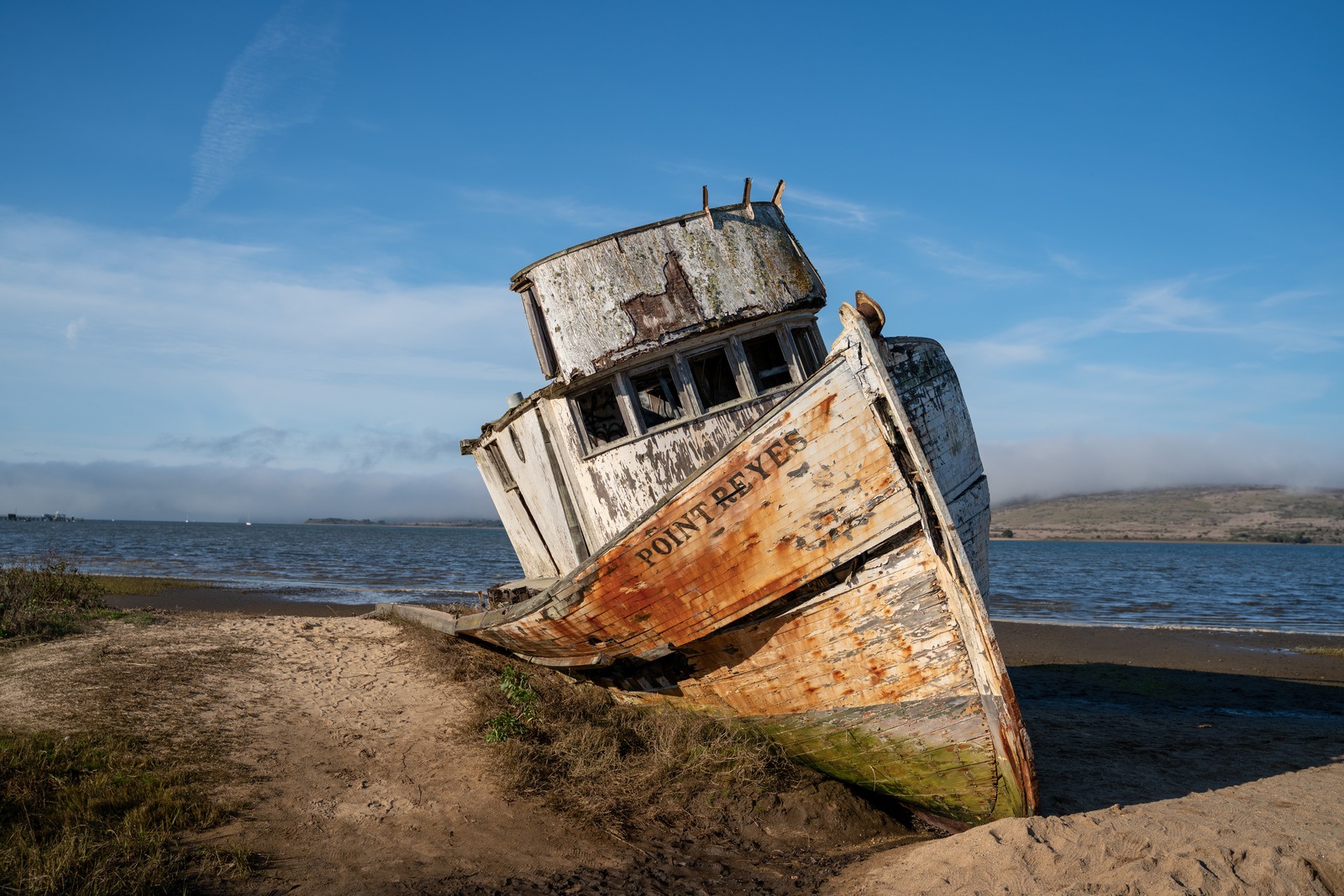
Must Surf Spots
Ocean Beach (San Francisco): This immense beachbreak is known the world over as the heaviest beach on the planet. Holds size up to quadruple overhead and breaks in perfect a frames when the conditions line up. Hour long paddle outs are common when it’s over head high. Surfers drown here every year, know your limits.
Point Arena (Mendocino): A sharp rocky cove is home to two quality breaks, a left and right point on opposite sides. Both are heavy, hollow, and rippable. Locals here are protective, I would avoid catching a wave until you get the go ahead. Watch out for sharp rocks, heavy currents, and great whites.
Klamath River Mouth (Del Norte): A rivermouth known for heavy currents, icy water, heavy waves, and big predators. However, when it gets good it is one of the best waves on the coast. Heavy right had barrels speed across a good sandbar. Know you limits, which seems to be a theme for this region.
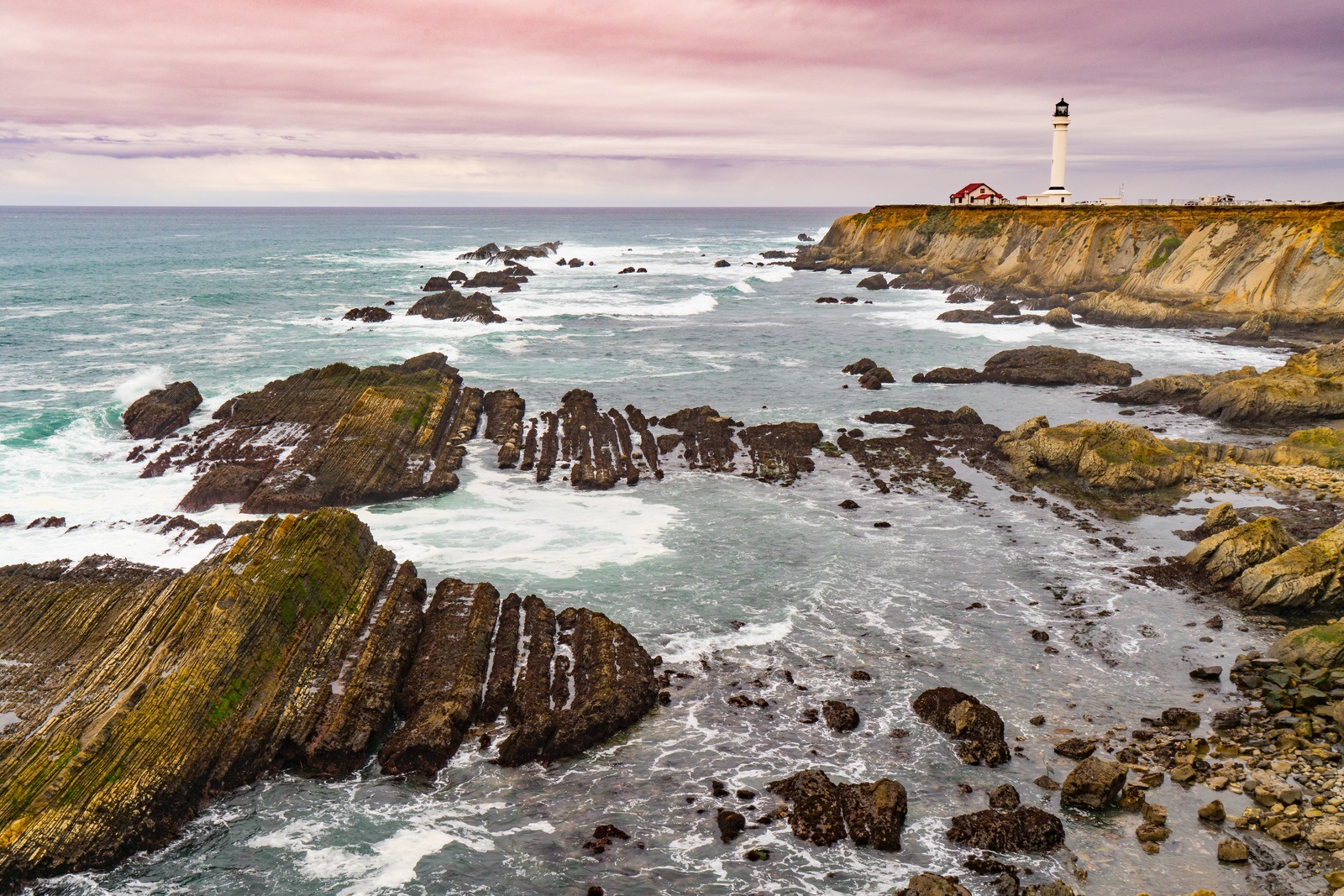
Places You Can’t Miss
1. San Francisco: A wonderfully weird city. There are many places to explore and relax here, as well as a huge variety of people to meet. The whole bay area is included here, which adds on Oakland, Berkeley, and the South/North Bay. Have fun, and hit up Ocean Beach!
2. Wine Country: Found in just north of SF, you’ve probably heard of Napa and Sonoma wines. This area is full of world-class wineries and restaurants spread out among small towns and cities. If you are on a budget, don’t worry, there is still good wine to be had for cheaper rates.
3. Nature: This is a big calling card for the region. As soon as you cross the Golden Gate Bridge going north, national parks, coastal redwoods, and beautiful evergreen forests and mountains become the norm. Some of the best hiking and backpacking in the world is found here (and you can find some surf spots this way as well). The further north you go, the more remote it will become.

California surf travel guide
Find trips that fit a flexible lifestyle
Travel Information: Weather/What To Bring
As we all know, the climate in California is quite good. Along the coast temperatures tend not to have a big range as the ocean acts as a mediating factor. For the most part you are looking at day temperatures of 13-24 Celsius. This can be a little cooler up north and a bit warmer down south.
On the beach it really won’t get too much warmer. It will get hot on the beach a few times a year, especially in summer and in Southern California, but usually it stays in that range. Going inland even a couple miles will usually up the temperature by a decent amount, so make sure you pack layers for the beach and are able to take them off as you leave it.
Night temperatures don’t get too cold. In Northern California it can drop to just below freezing on the coldest nights, but in Central and Southern California it generally doesn’t get cooler than about 9 Celsius. Up north if you go inland it will be colder.
One thing that many people don’t expect is the common days of fog and gloom. This is actually more prevalent in the spring and summer than fall and winter. Do not be surprised if there are a few days in a row with no sun. In the North these days are much more common than in the South.
The key to clothes here is multiple sheddable layers. You really don’t need a full jacket in Southern California, but in Central and Northern it would be wise to have a waterproof outer layer and warm coat. A base layer, normal shirt, sweatshirt, and jacket (if outside of Southern California) should do you well. Bring long pants for Central, Northern, and Southern California in the winter. Closed toed shoes are a must outside of Southern California, especially if you plan on trying to access more out of the way spots.
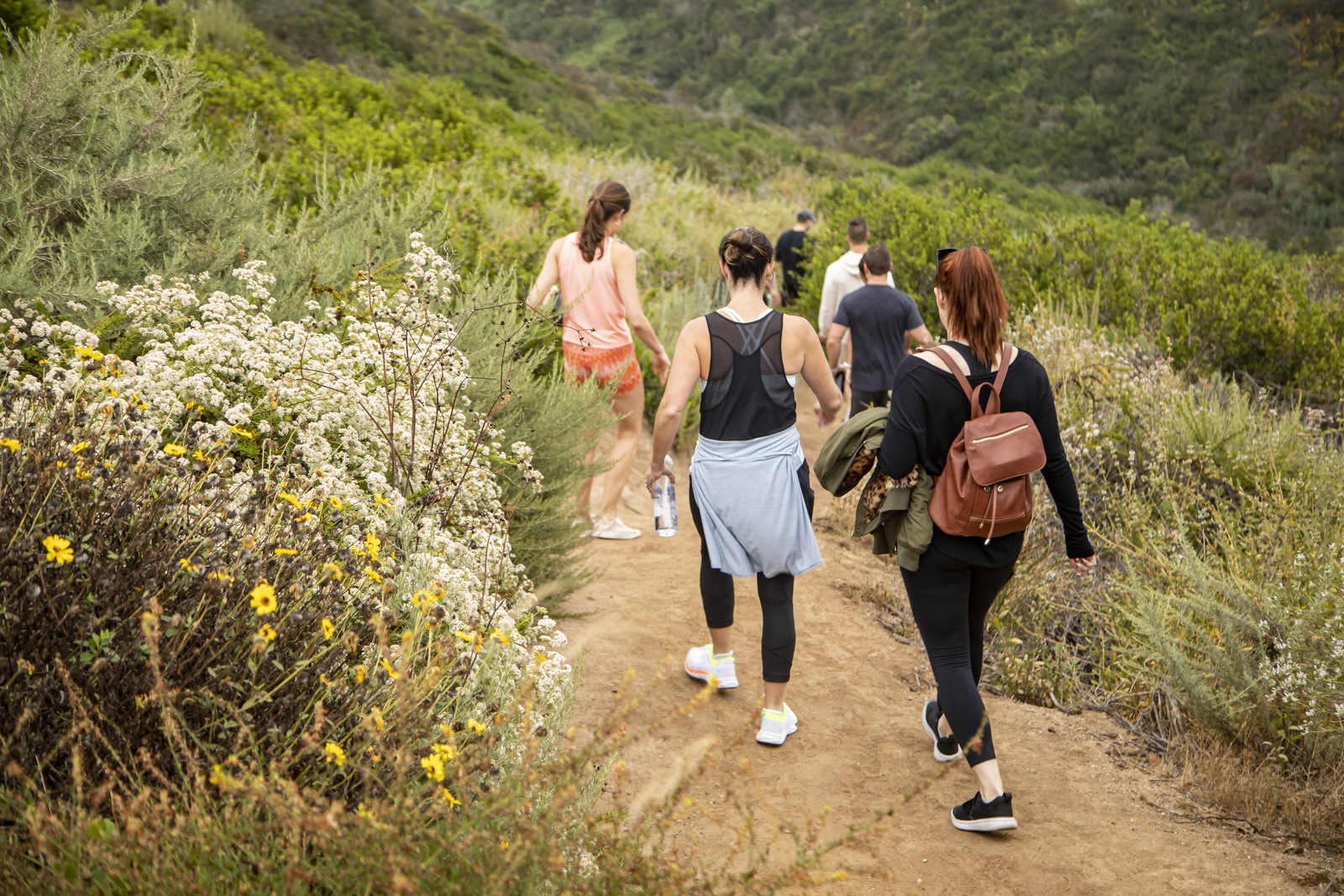
Tipping
Generally you want to tip often and generously. In the US the wages for occupations in which tipping is considered customary can be very low. A little extra will be much appreciated if not expected, especially in more remote areas.
The main area you will be tipping is for food. The service charge will almost never be added to the final bill. The bare minimum that is expected is 15% of that. Tip 20% or up for good service. There are some scenarios in which the charge will be added to the bill beforehand, the waiter should let you know. The most common of these situations is with parties of six or more.
Other places you will be looking to tip are counter top orders (think cafe’s) where a dollar or two is the right amount. Fast food restaurants generally don’t require tips, or even offer an opportunity to give them. Bars you will be looking at that same 15-20% as restaurants for bigger orders, or a dollar or two for just one drink. Valet parking you’re looking at 1-5$. Barbers/spas/beauty services are 15-20%, usually cash only.

I cannot stress the importance of tipping enough, especially in smaller towns where the locals might be wary of outsiders. A good tip to a waiter at the diner goes a long way in a small community. It might lead to friendlier lineups and some local knowledge on where and when to surf.
WiFi/Cell Coverage
I wouldn’t say it’s a guarantee that the place you’re staying has WiFi, but it is pretty darn close. Double check before finalizing, but it is highly unlikely you will find an accommodation that does not offer good WiFi. If worse comes to worse local coffee shops and cafes will definitely have the goods.
In terms of cell coverage it is pretty decent. Coming from outside the country, make sure your phone is “unlocked” and you should be able to purchase a prepaid sim card from any of the major companies (T-Mobile, AT&T, Verizon, Sprint). Cell coverage is generally good in cities and towns. Along the coast, especially outside of Southern California, it can get a little sketchy. If you are in Central or Northern California and planning on heading out of town to a more remote spot, plan on being without cell coverage. This means downloading maps and letting people know where you are going. Consider buying a satellite phone if you are going off the grid for more than a couple days.

General Overview of Expenses
In general, California is going to be higher on the spectrum of cost than most other places in the world. Especially in Southern California. However, there is a massive range in costs because of the lack of an upper limit. If you have the money you can find a way to spend it, whether it be on accommodation, experiences, or dining.
If you are more budget-oriented, fear not! There are definitely ways you can save some money. The most important way is to travel with other people. This splits accommodation and car rental costs which will generally be your biggest expenses. Camping is also a possibility, easier outside of Southern California, which will save you money.
Luckily you won’t need a surf guide in Southern California, but it might be a good call in Central or Northern. If you don’t want to splurge don’t worry, there are a ton of quality waves in both regions that are easy to find, right off Highway One.

The one area of budget you do not want to skimp on is the rental vehicle. Get something reliable and comfy, you will be spending a good amount of time in it depending on your plans and location.
Car rental prices are high as of the writing of this article (2021). You will be looking at around $60-$100 a day for a car that will have room for two or more with surfboards.
On the lowest of low ends, accommodation will cost about $60 a day, but don’t be surprised if you are in a city and cannot find a spot for less than $100.
If you are eating out every meal it would be wise to budget at least $35-40 per day per person. Cooking will save you money, especially if you are in a group. Dining out prices could be a little lower than this outside of cities, but don’t count on it.
Gas is another concern, in California, prices range from $3.50-$5 depending on oil prices. This can add up, especially if you get a less fuel-efficient car. Obviously, the price per day depends on how much you drive, but generally, anywhere between $10-$20 per day is what you should prepare for.
There is no upper limit on how much you can spend in this state. The finer things in life are plentiful here. Michelin star restaurants, world-class wine, luxury spas, incredible hotels, amusement parks, and all kinds of extracurricular activities are all options if you have the money.
Our comprehensive guide to surfing California will serve you well on any upcoming trips. Feel free to ask a question if you need more information.
